Ed Pauls, 1931–2011
The man who invented the NordicTrack
Ed Pauls was running through freezing Excelsior, Minn., on a particularly cold winter night in the early 1970s when he came up with an idea. Instead of risking his life pacing along dark, icy roads, he thought, he’d build a machine that let him exercise in the warmth of his home. That machine, the NordicTrack, would go on to make him a fortune and play a key role in the home fitness craze of the 1980s.
Pauls, a mechanical engineer and an avid cross-country skier, sought a device that would replicate both the motions and the physical duress of skiing, said The Washington Post. Early iterations had actual skis and boots, but Pauls soon pared his machine down. The finished product, made up of “wood slats, pulleys, and wires,” looked more like a “castle-dungeon torturing mechanism” than an exercise machine.
Pauls never intended to sell the device, said The New York Times, but a friend talked him into marketing it for cross-country enthusiasts. Its original name, the Nordic Jock, was nixed by his wife, Florence, who said “he would lose half his potential customer base, women.” Business was slow to begin with, but sales picked up after Bill Koch, Olympic silver medalist in 1976, endorsed the machine.
The Week
Escape your echo chamber. Get the facts behind the news, plus analysis from multiple perspectives.

Sign up for The Week's Free Newsletters
From our morning news briefing to a weekly Good News Newsletter, get the best of The Week delivered directly to your inbox.
From our morning news briefing to a weekly Good News Newsletter, get the best of The Week delivered directly to your inbox.
The NordicTrack was quickly embraced by “nonskiers looking for an aerobic workout,” said the Minneapolis Star Tribune. Pauls placed ads in general-interest magazines boasting that it was “The World’s Best Aerobic Exerciser.” By 1986, when Pauls sold the company for $22 million, it had sold 500,000 units and become “a major competitor in a growing fitness craze.”
A free daily email with the biggest news stories of the day – and the best features from TheWeek.com
-
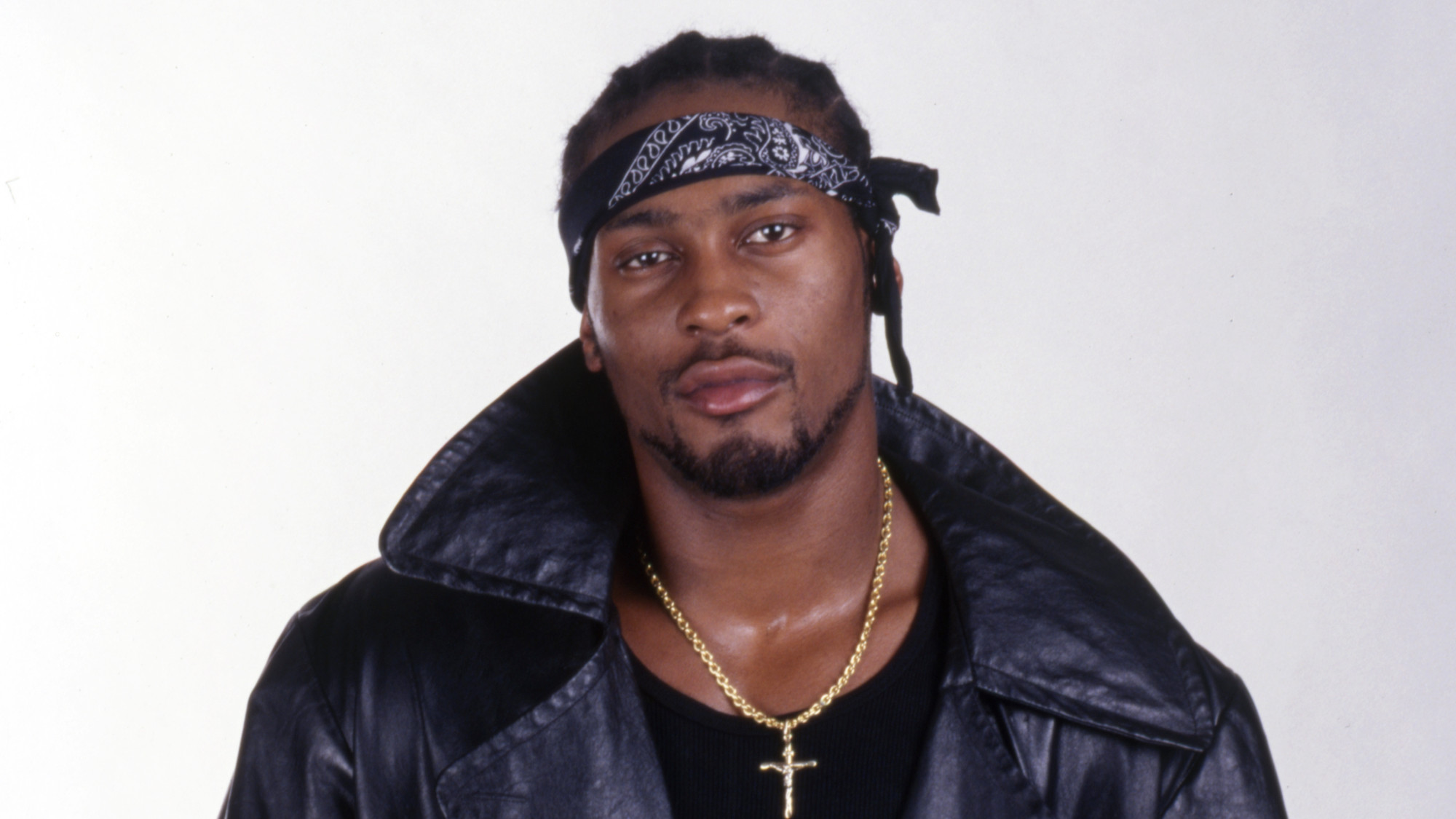 R&B singer D’Angelo
R&B singer D’AngeloFeature A reclusive visionary who transformed the genre
-
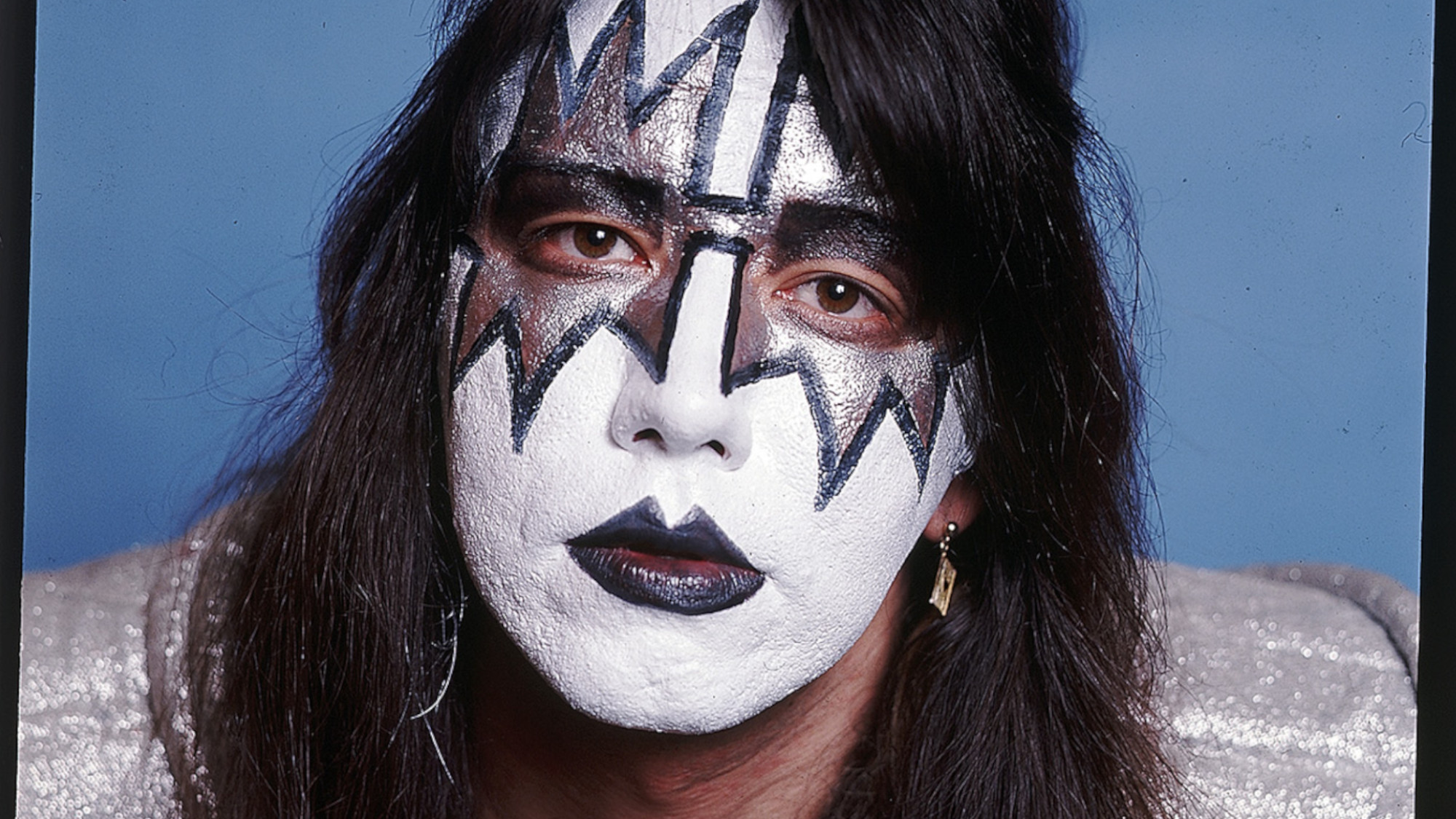 Kiss guitarist Ace Frehley
Kiss guitarist Ace FrehleyFeature The rocker who shot fireworks from his guitar
-
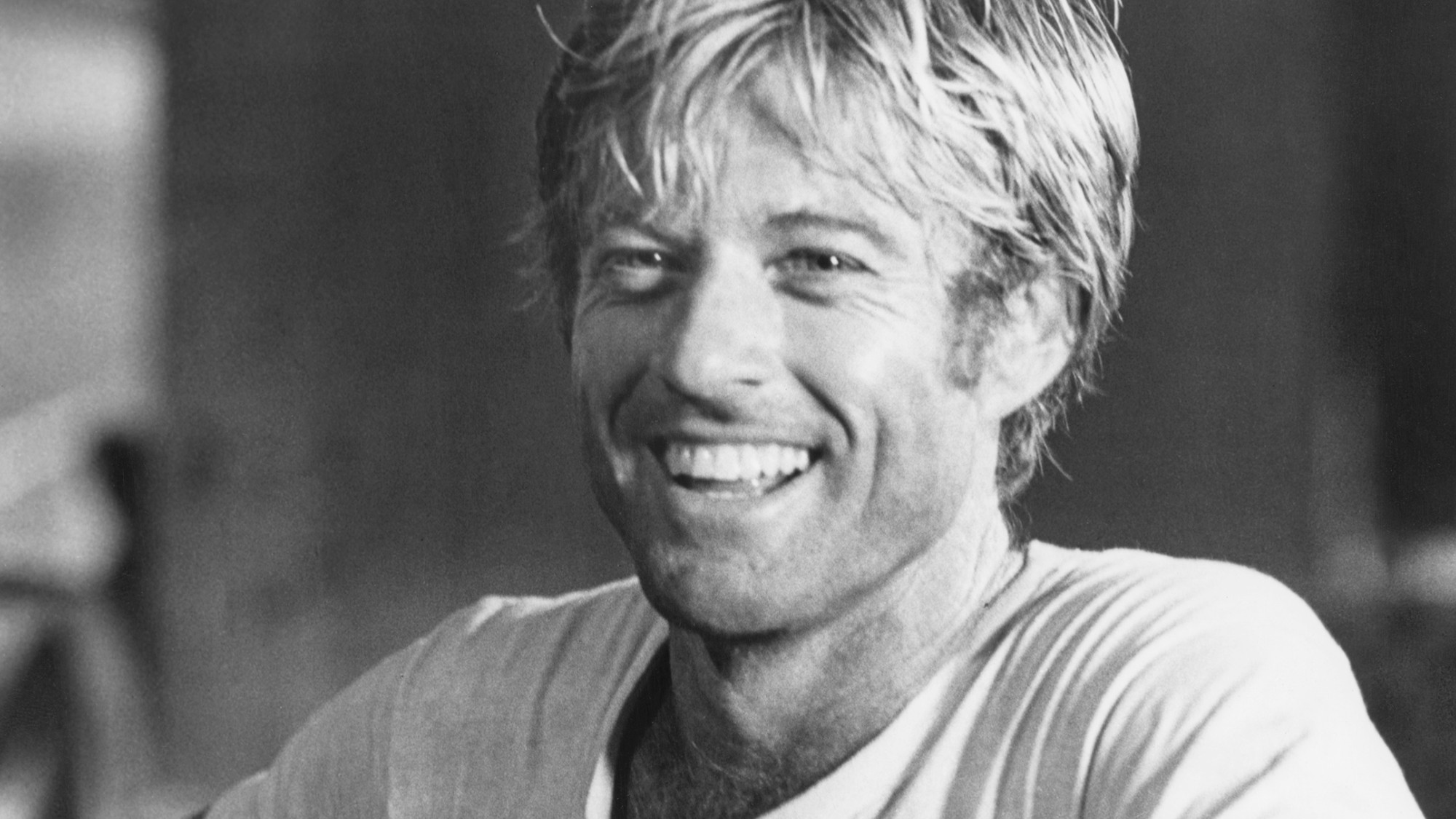 Robert Redford: the Hollywood icon who founded the Sundance Film Festival
Robert Redford: the Hollywood icon who founded the Sundance Film FestivalFeature Redford’s most lasting influence may have been as the man who ‘invigorated American independent cinema’ through Sundance
-
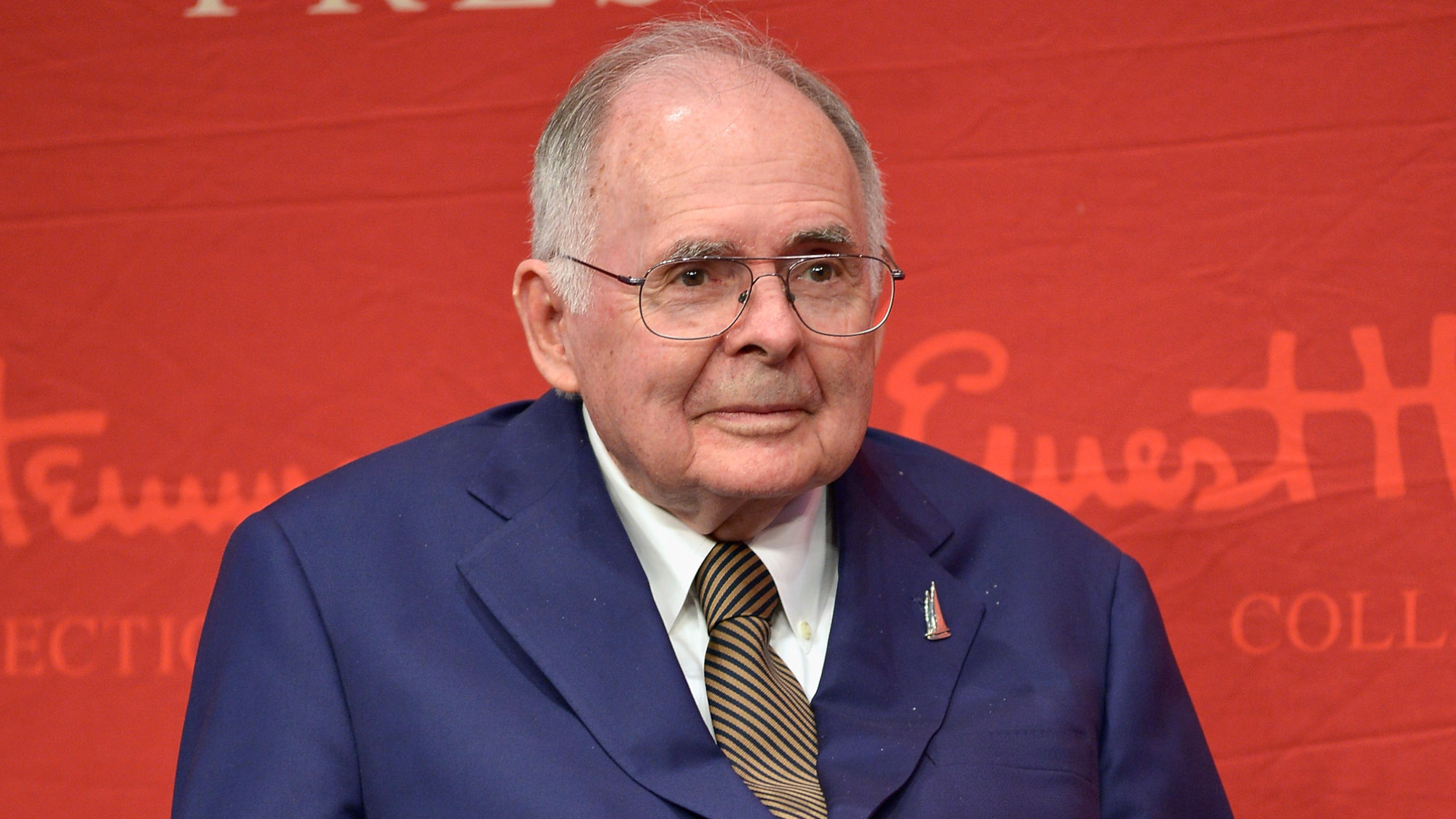 Patrick Hemingway: The Hemingway son who tended to his father’s legacy
Patrick Hemingway: The Hemingway son who tended to his father’s legacyFeature He was comfortable in the shadow of his famous father, Ernest Hemingway
-
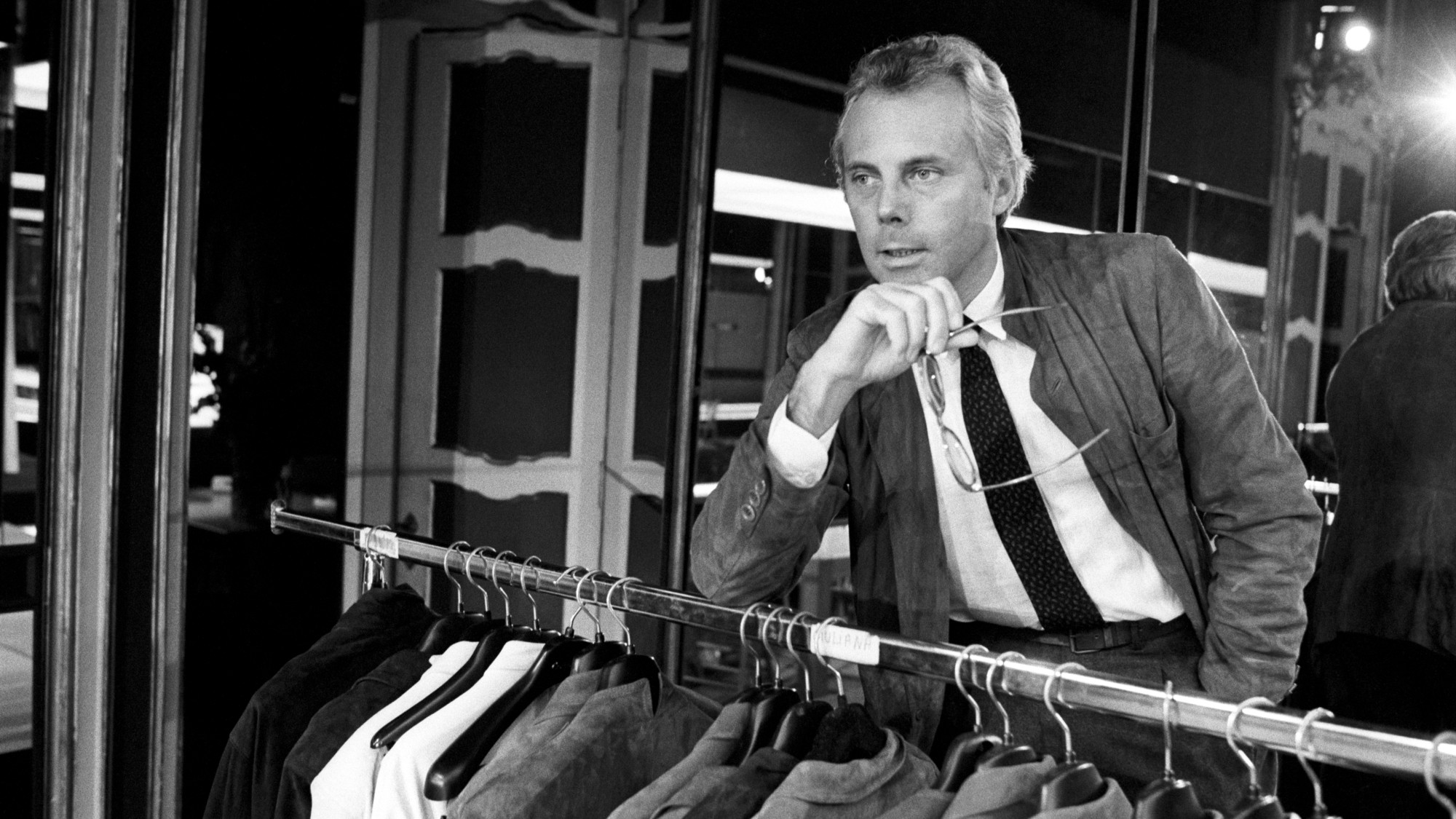 Giorgio Armani obituary: designer revolutionised the business of fashion
Giorgio Armani obituary: designer revolutionised the business of fashionIn the Spotlight ‘King Giorgio’ came from humble beginnings to become a titan of the fashion industry and redefine 20th-century clothing
-
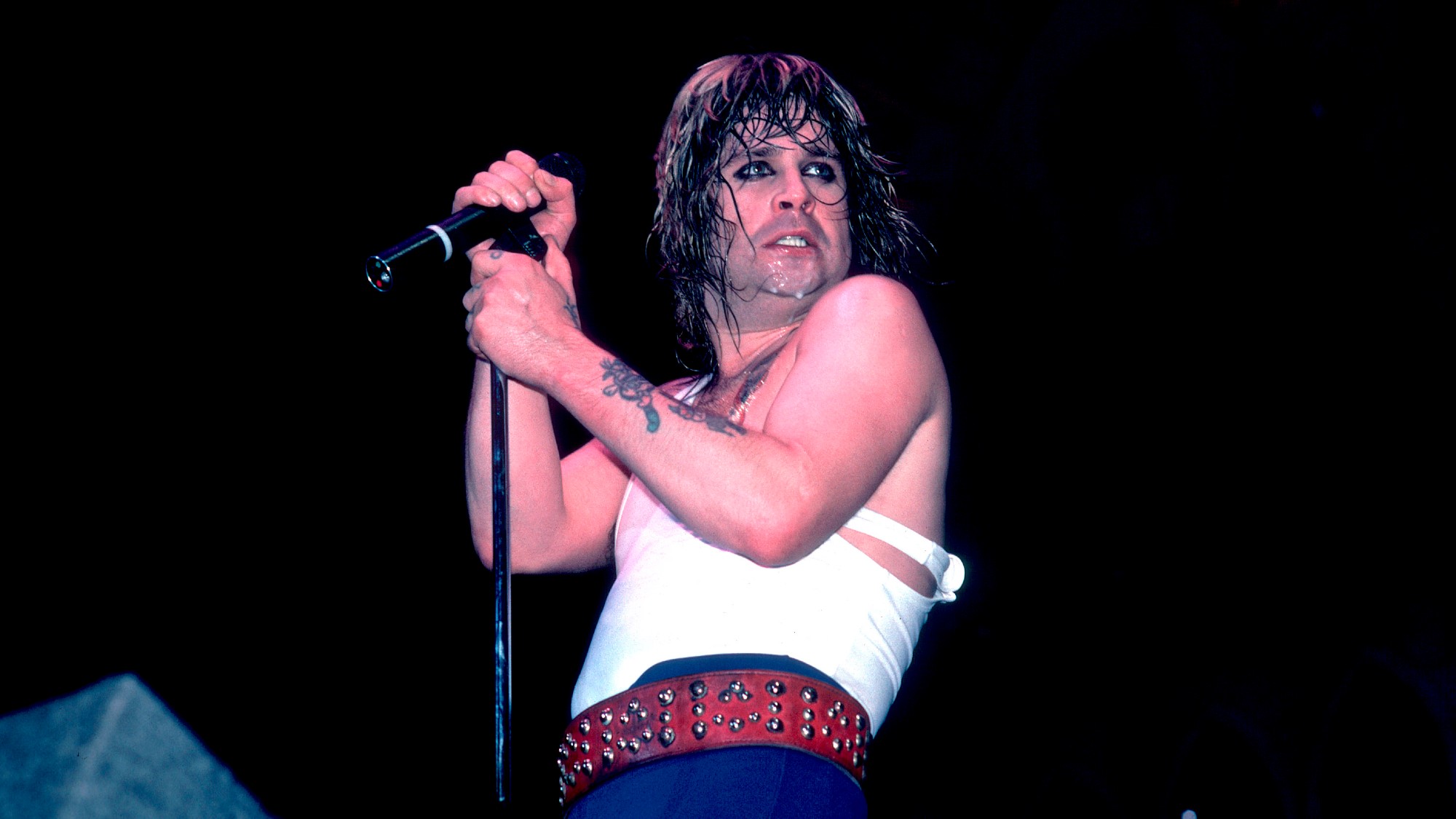 Ozzy Osbourne obituary: heavy metal wildman and lovable reality TV dad
Ozzy Osbourne obituary: heavy metal wildman and lovable reality TV dadIn the Spotlight For Osbourne, metal was 'not the music of hell but rather the music of Earth, not a fantasy but a survival guide'
-
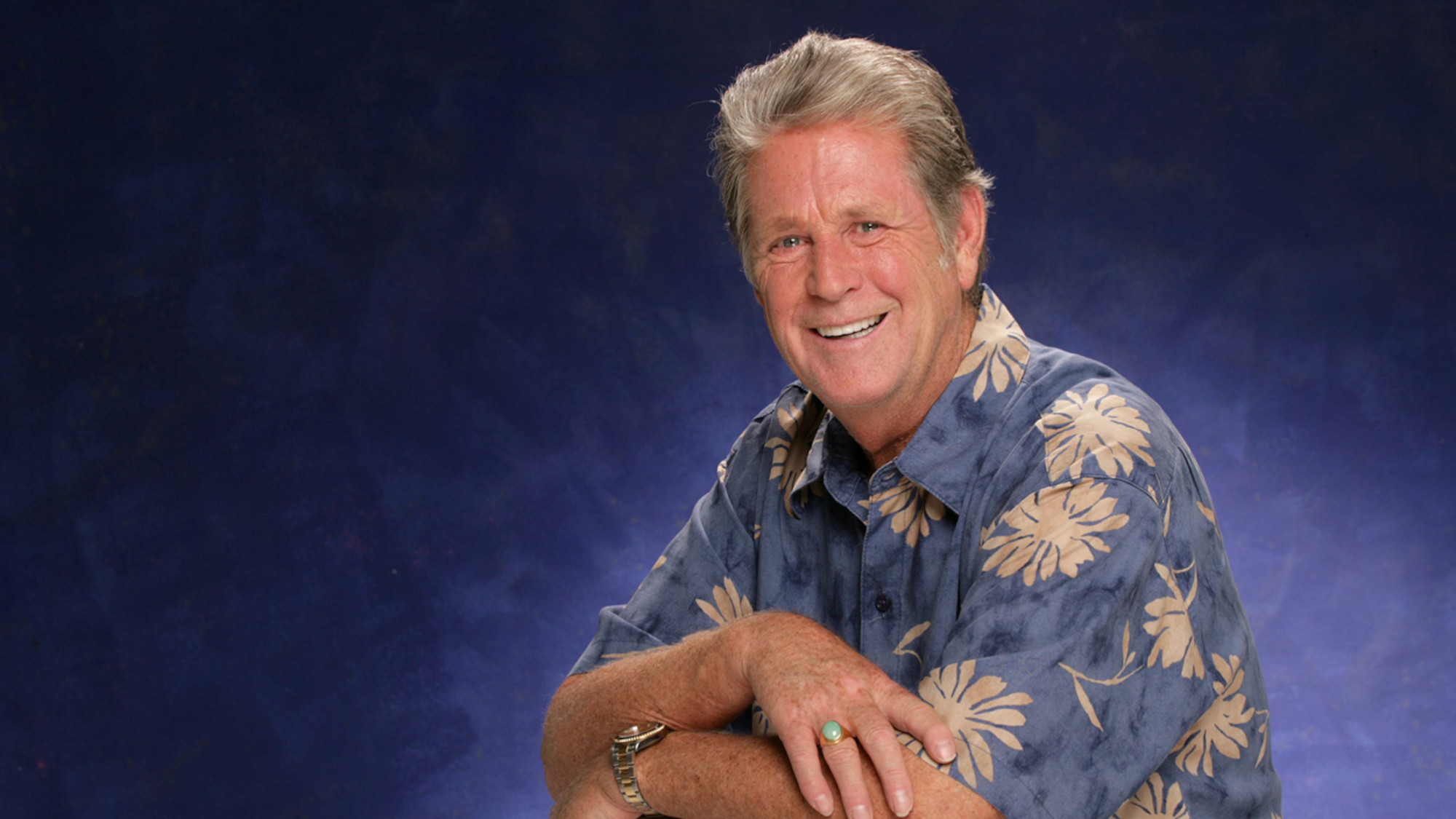 Brian Wilson: the troubled genius who powered the Beach Boys
Brian Wilson: the troubled genius who powered the Beach BoysFeature The musical giant passed away at 82
-
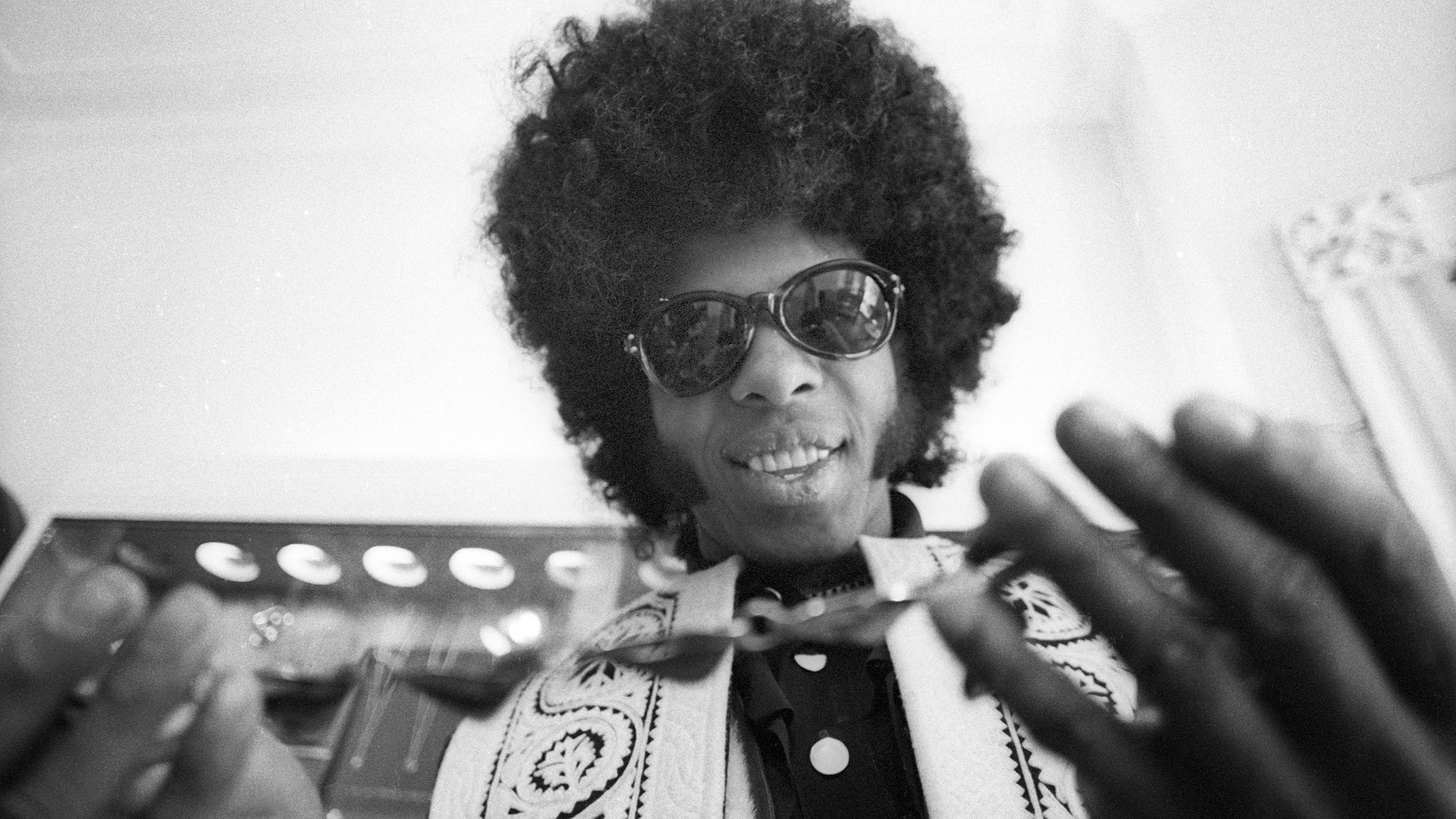 Sly Stone: The funk-rock visionary who became an addict and recluse
Sly Stone: The funk-rock visionary who became an addict and recluseFeature Stone, an eccentric whose songs of uplift were tempered by darker themes of struggle and disillusionment, had a fall as steep as his rise


